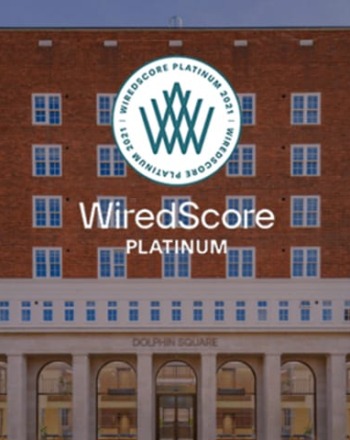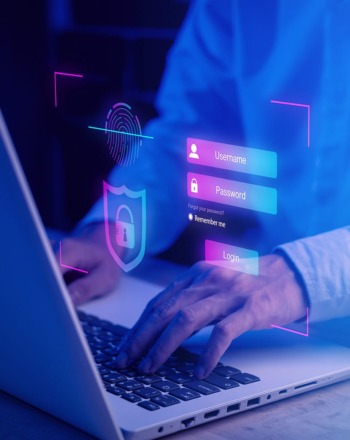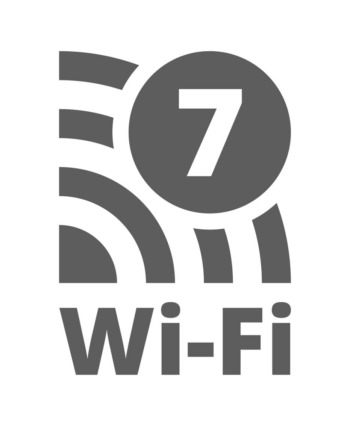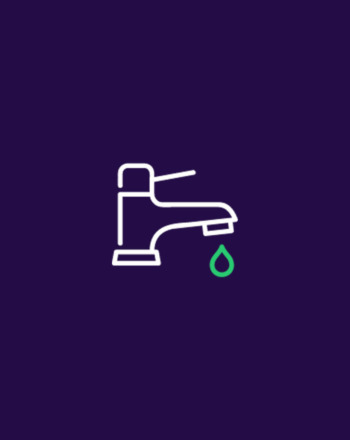Schools might not think of themselves as targets for cyber crime. But the truth is, education has become one of the most targeted sectors in the UK. Attackers know that schools hold highly sensitive data and often operate with limited IT budgets and resources.
Recent headlines prove the point. The UK Government’s 2025 survey found that six in ten secondary schools experienced a cyber attack or data breach in the past year. And just last month, a London nursery chain, Kido, was hit by a major ransomware attack that exposed personal information belonging to thousands of children, parents and staff. Criminals even used that stolen data to approach parents directly. Two arrests have since been made, but the damage to trust was already done.
Schools, academies and trusts can no longer assume they’re too small or low-profile to be targeted. The reality is simple: if your systems hold valuable information, you are a target.
Why schools are vulnerable
There are a few reasons why the education sector has become such a hotspot for cyber attacks:
- Limited budgets and expertise – schools often have to make tough choices when it comes to IT investment, leaving security gaps unaddressed.
- Complex systems and suppliers – with multiple networks, cloud systems, third-party tools, and shared logins, vulnerabilities can multiply quickly.
- Valuable data – from safeguarding records to staff payroll, student medical details and assessment data, schools hold information that attackers can sell or use for extortion.
- Human error – phishing emails and social engineering are still the easiest ways in, and staff may not always spot the warning signs.
- Legacy infrastructure – outdated software and unpatched systems are still common across the sector.
The result is that schools can be left exposed to attacks that are costly, disruptive, and deeply personal for the families affected.
Common types of attack
Cyber threats facing schools are similar to those seen in business, but with consequences that hit closer to home.
- Phishing and email scams – fake messages that trick staff into revealing passwords or downloading malware.
- Ransomware – attackers lock or steal data and demand payment for its return.
- Data theft – sensitive information is copied and sold on criminal marketplaces.
- Third-party breaches – an attack on a software supplier can affect every school that uses their systems.
- Insider mistakes – lost devices, weak passwords, or unauthorised data sharing.
How schools and trusts can protect themselves
The good news is that many of the most effective defences are simple, affordable, and proven.
1. Build awareness across staff
Human error remains the biggest risk. Regular, accessible training helps staff spot phishing emails, use strong passwords and follow good data hygiene. Encourage everyone to report anything suspicious quickly.
2. Keep systems up to date
Ensure all devices, servers and software are running current versions with the latest security patches. Unpatched systems are one of the main causes of breaches.
3. Strengthen your network
Secure your Wi-Fi, firewalls and switches. Use encrypted connections, strong passwords and segment networks so that sensitive systems are isolated from general use or guest access.
4. Back up your data
Make sure critical systems are backed up regularly, both onsite and in the cloud. Test your recovery process so you can restore quickly without paying a ransom.
5. Use multi-factor authentication
Add an extra layer of protection by requiring more than just a password to log in. This simple step can stop most unauthorised access attempts.
6. Have an incident response plan
Know what you’ll do if something goes wrong. Identify who to contact, how to isolate affected systems and how to communicate with parents, staff and regulators.
7. Partner with trusted providers
Most schools don’t have full-time cybersecurity teams. Working with a managed service provider means access to expert monitoring, proactive protection and fast response when it matters most.
Glide’s managed security for education
At Glide, we help schools and trusts stay connected and protected. Our managed security services combine enterprise-grade protection with the same networks that power universities, MATs and local authorities across the UK.
Our security features include:
- Next-generation firewalls with unified threat protection (UTP)
- Intrusion prevention to block malicious activity before it reaches your network
- Antivirus and web filtering to protect users and devices in real time
- Secure VPN access for staff working remotely or across multiple sites
- 24/7 monitoring and support from our UK-based technical team
By integrating connectivity and security, we give schools a simple, reliable way to protect their data, maintain compliance and keep learning uninterrupted.
A safer digital environment for learning
Cybersecurity isn’t just an IT issue. It’s part of safeguarding, compliance and operational resilience. The Kido breach is a reminder that even the smallest organisations can face serious consequences when data falls into the wrong hands.
With the right awareness, policies and partners in place, schools and MATs can stay one step ahead. Glide is here to help you protect your network, your staff, and your students – so you can focus on what really matters: teaching and learning.


















































































































